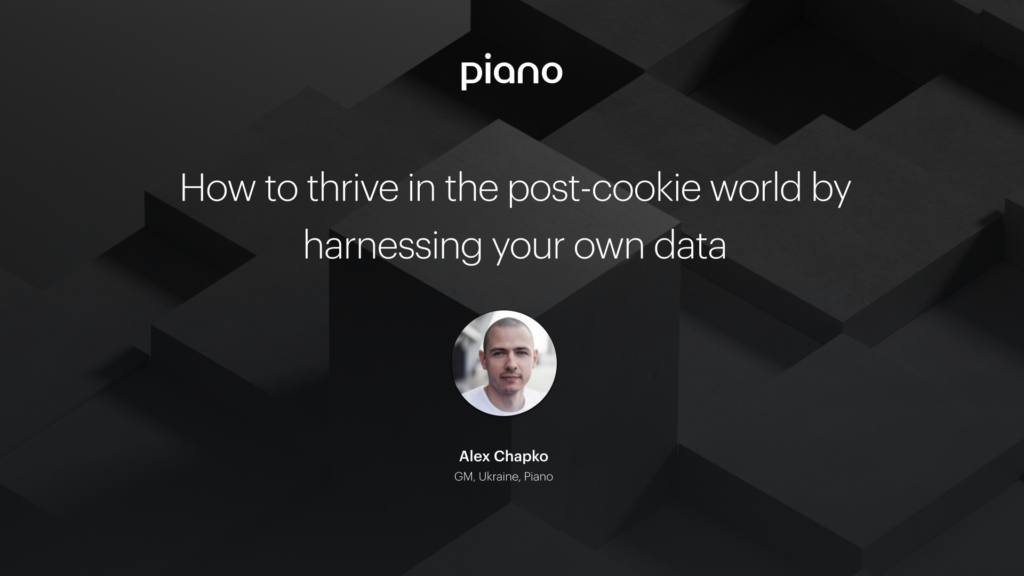Six things to know about ad blocking: how to restore revenue with the right response
This article draws on best practices and data gathered from across hundreds of subscription websites and millions of user interactions.
Whether it’s filtering out your on-page ads or affecting your onsite journey by impeding the experiences you build, ad blocking software can make it difficult to interact with users the way you want — posing a risk to potential revenue.
But ad blocking isn’t about to go away soon. So what can companies do to counter the pervasive technology and put users in front of the revenue-generating digital advertising or online offers you want them to see?
Ad blocking detection gives you the power to identify the users with ad blockers in place. And Piano customers have found that targeting those users with a request to turn the technology off can be a powerful way to not only put eyes in front of your ads and offers, but to increase engagement too.
But asking users to turn off their ad blockers is just the start. With the right strategies, you can maximize your ad blocking detection to increase engagement further and, ultimately, improve paid conversion too.
Six Things to Know
As you build a strategy to counter the effects of ad blockers, consider the following:
1. When it comes to ad blocking, loyalty is a key conversion driver.
Loyal visitors actually use ad blockers more and are responsible for the lion’s share of lost ad impressions. In fact, Piano has found that seven percent of converted ad blockers can account for as much as 40 percent of ad blocked desktop pageviews.
2. Asking users to turn off their ad blockers can actually have a positive impact.
Visitors who turn ad blockers off tend to consume more pageviews after taking the action. Piano sees an average 89 percent increase in desktop pageviews from ad blocking visitors in the 30 days following ad blocker disablement.
3. A hard lock on ad blockers is more effective than a dismissible notification.
Our data shows that there’s a ten-fold difference in disablement rates between dismissible and non-dismissible ad block messages. And it takes many more dismissible offers — often as many as dozens — to get a user to convert. In terms of response, dismissible messages see an average conversion rate of two to three percent, whereas non-dismissible messages can see conversions of over 20 percent.
4. Most users would rather suffer through the ads than pay for a premium ad-free subscription-based experience — unless there’s something else in it for them.
Typically, ad-free is a weak stand-alone benefit. But an ad-free option can be effective in driving paid conversions when it's just one benefit in a larger subscription package.
5. But number four doesn’t apply if it’s video or audio ads users are trying to avoid.
Ad-free is a stronger selling point for video or audio products because the consumer is not just getting rid of the clutter of ads but is instead saving themselves the time they would otherwise spend watching or listening to those ads.
6. Consider “disable ad block or pay” offers.
For companies with a subscription strategy in place, these offers can help — but not because of their paid conversion rates. They actually show low paid conversion, but they do increase ad blocker disablement. In these cases, Piano has seen sites with thousands of ad block disablements for every paid conversion — but ad blocker disablement rates can be as high as 30 percent just by making disablement look attractive in comparison.
Keep Beating the Blockers
Ad block conversion isn’t a one-time event. Even after you start to beat the blockers, you have to remain vigilant. With that in mind, consider two more Piano findings:
- Expect Results to Be Quick, Then Slow. The drop in the number and share of ad blocked pageviews is often most dramatic in the first quarter after implementation — but after ad blocking has been minimized the number of ad block pageviews, the ratio of ad blocking and the number of ad block conversions may stay fairly flat from quarter to quarter. That’s because, after the biggest ad blocking offenders have been converted, ad blocking detection becomes more of a maintenance issue.
- But That Doesn’t Mean You Should Stop. When a disablement request is made, many users pause their ad blockers instead of whitelisting the site. So even after ad blocking rates have been minimized, it’s important to continue to run ad block experiences.
Want to get more best practices from Piano? Read Building Relationships That Convert: Five Best Practices for Getting the Most Out of Registration.






